If you haven’t read it already, start with the post “The Daintree” for a general post about the area.
At around 160 million years old the Daintree is the most ancient continual rain forest in the world, the area boasts the largest concentration of plants which are rare or threatened by extinction anywhere in the world. It has one of the highest concentrations of primitive plants found anywhere in the world, of the 19 primitive plant species found in the world, 12 are in the Daintree. That’s the same number as you’d find in all the rain forests of South America including the whole of the Amazon. There are also 28 mangrove species within the Daintree while Australia only has 36 species on total.
As you might imagine for anyone with an interest in horticulture or botany, this is a pretty special place to visit and hang out for a while.
Some plants have formed such intimate relationships with other plants and other animals that they can’t survive without each other. Though I guess this is true in many places, it becomes extremely obvious up here in the rain forest. Cassowaries for example are essential in spreading large seeded fruits through the area, without cassowaries the rain forest would quickly suffer.
One of the most primitive plants here is called the idiot fruit and the species is thought to be over 120 million years old. It was originally thought to be extinct until the tree was discovered here in 1971 when it was responsible for the death of some cattle after they ate the large seeds of the idiot fruit tree.
There are estimated to be around 3000 plant species within the Daintree and each hectare can contain between 120 and 150 different species of tree. Many eucalypt forests around Australia may only contain a handful of tree species per hectare, perhaps 5 or 6 different species.
I talked about the strangler fig in a previous post so I won’t go into any further detail here, but they certainly are an interesting tree.
Blue fruits are fairly common up here, coming in all shapes and sizes. I was going to collect a variety of fruits from the area to photograph as there were reds, whites and pinks of many sizes and variations, but…. I read a sign saying not to “gather fruits”, now whether that meant taking them away or just gathering them together, I decided I’d better just leave them.
This is truly one of the nasty plants of the rain forest, called “wait a while”, it’s a climbing palm which clambers around the forest sending out these long thin tendrils many metres long with horrible barbs. You can also see the stem of the palm in the background covered in spines. It’s almost impossible to spend a long time walking around the rain forest and not to get caught a few times by the “wait a while” and the long spiny tendrils are hard to see because they’re so thin.
This is the weird plant I’d spotted back near Innesfail in the rain forest, I found a patch of them here near one of the walk paths where there were dozens of them. Difficult to get a decent clear picture because it was very dark in the under story. I’m fairly certain that the small yellow bits on the side are the flowers, or flower buds in this case, and it seems that they quickly die off after flowering as there were a lot of brown shriveled ones in the area.
Plants will grow anywhere and on anything around here, there were at least half a different species growing on this rock.
Oh yeah, I like to try and slip a botanical name in here and there when I can remember them from back in my days studying horticulture. Interesting to see so many plants that were propagated, sold and planted around gardens over in Perth which are native to this area. We had an umbrella tree growing in our backyard when I was growing up, I had no idea where they came from, now I know.
Mangroves may not look like much but they are incredibly complex systems, even the mangrove trees alone are quite amazing with their adaptions to allow them to live in these wet, salty tidal environments. Some mangrove seed pods explode shooting their seeds out to spread them, I heard many of them popping while I was there. Other mangrove seeds germinate before they drop off the parent plant, this strange looking “seedling” is about 8 inches long and was washed up on a beach.

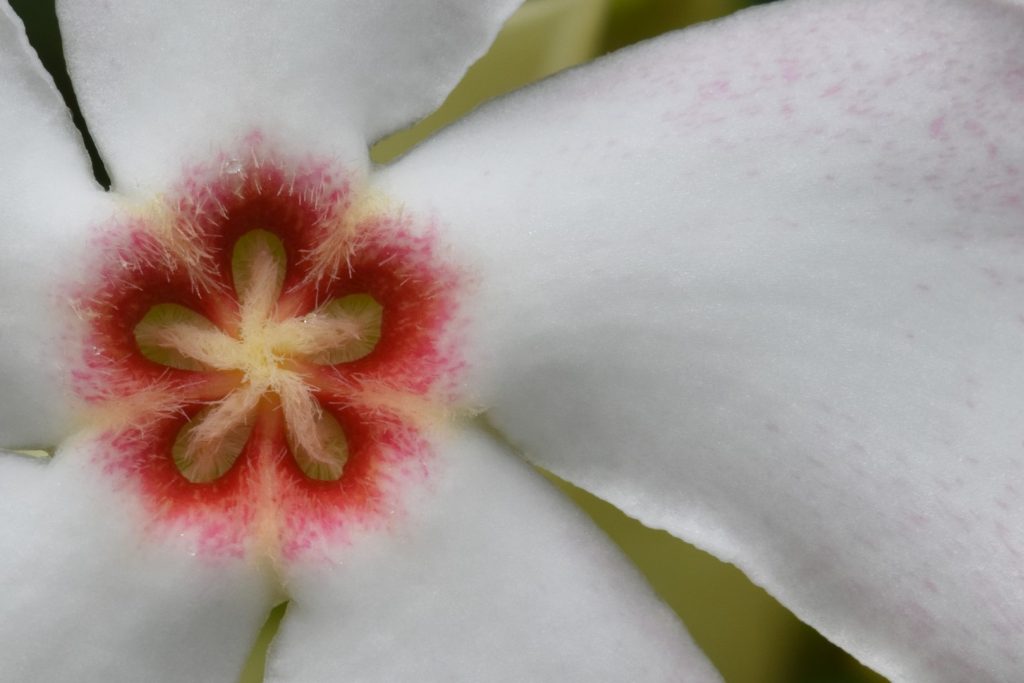


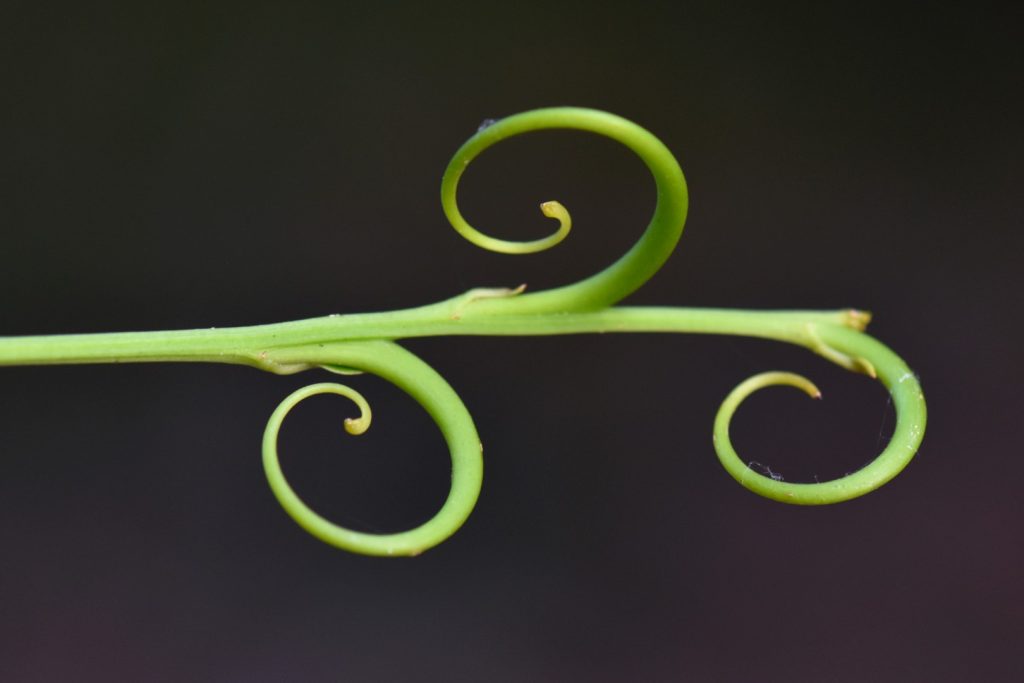
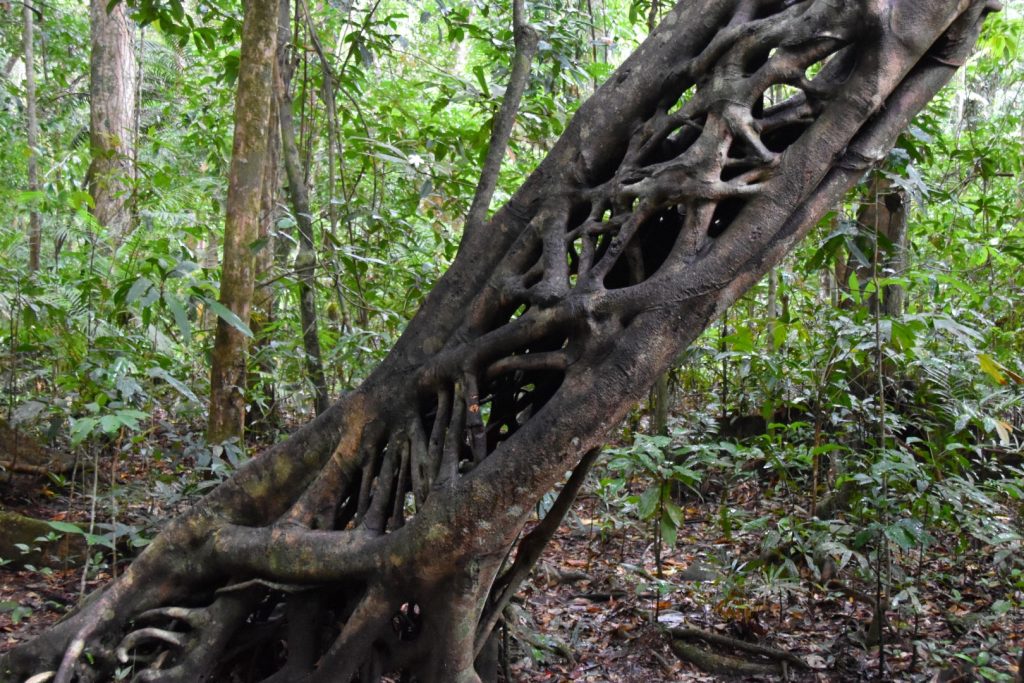
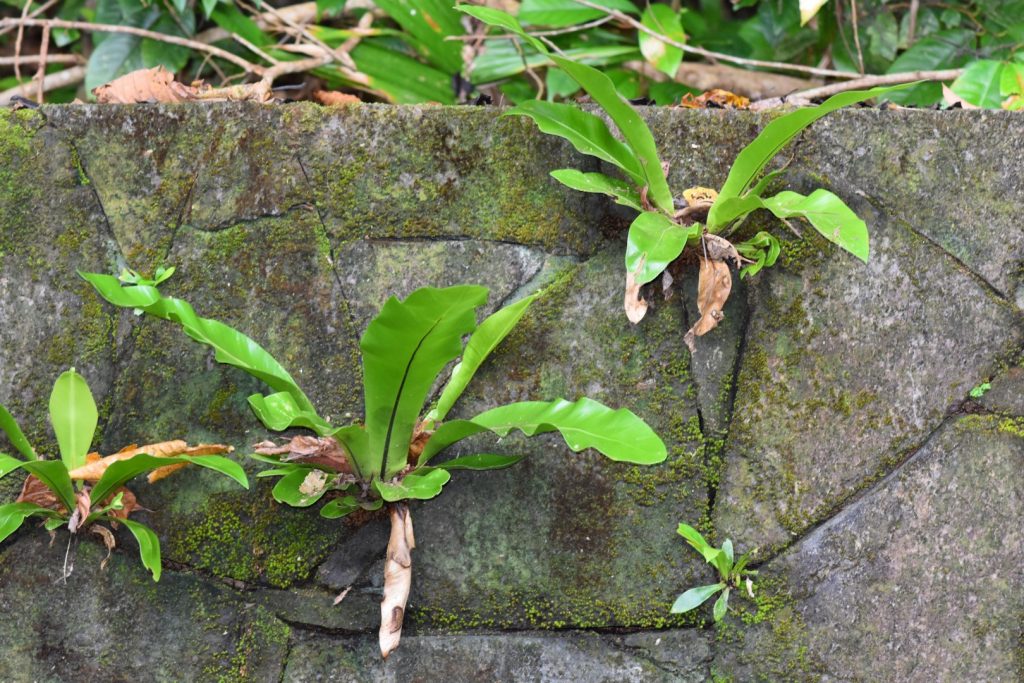


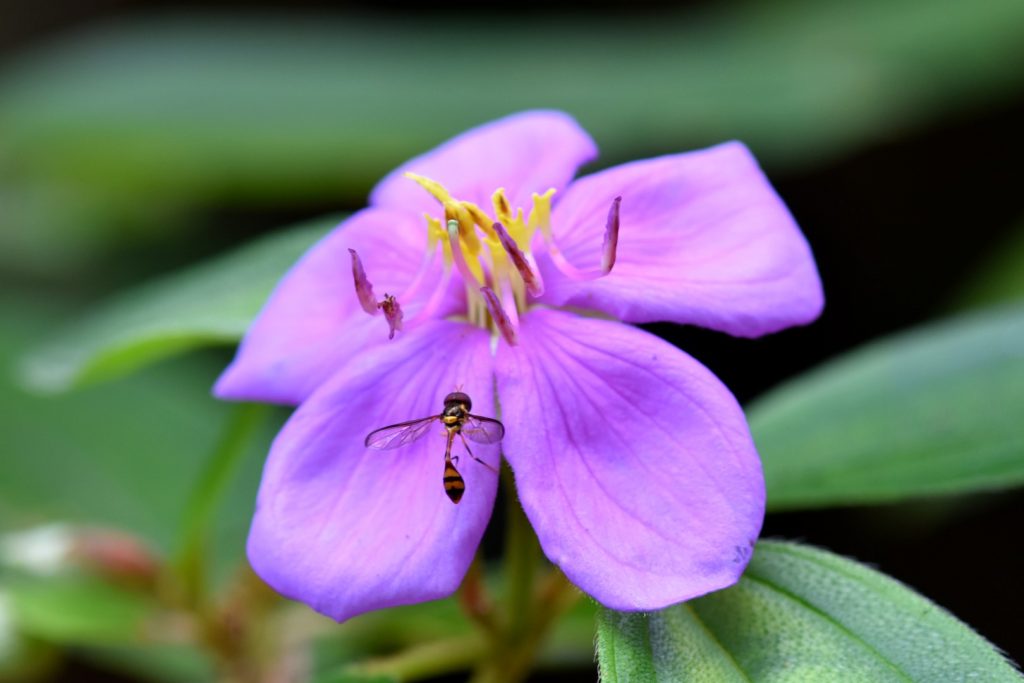

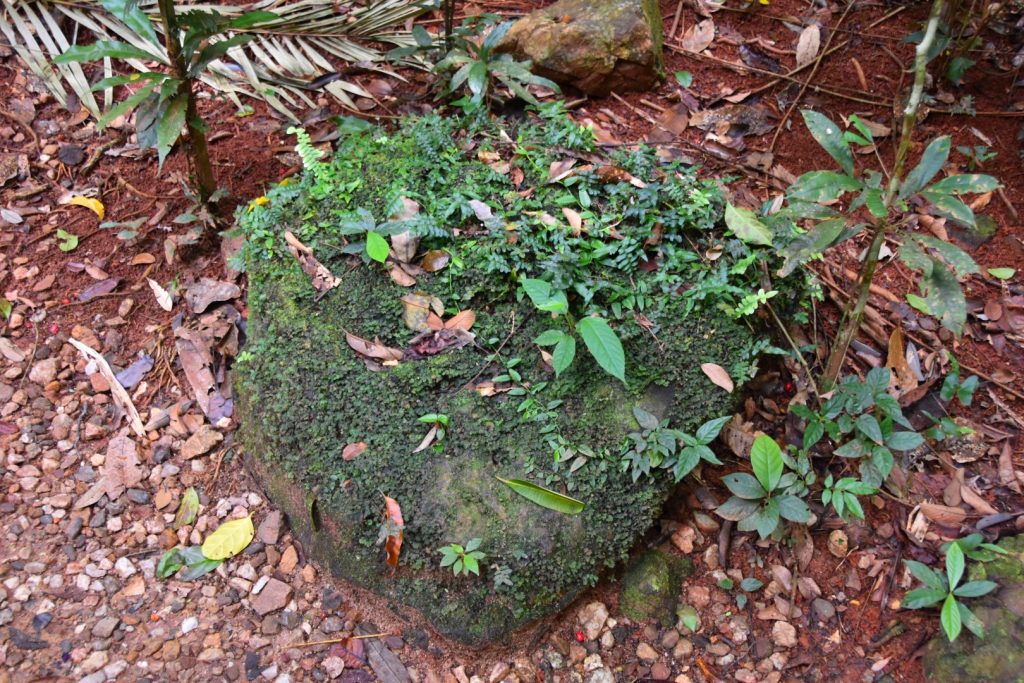
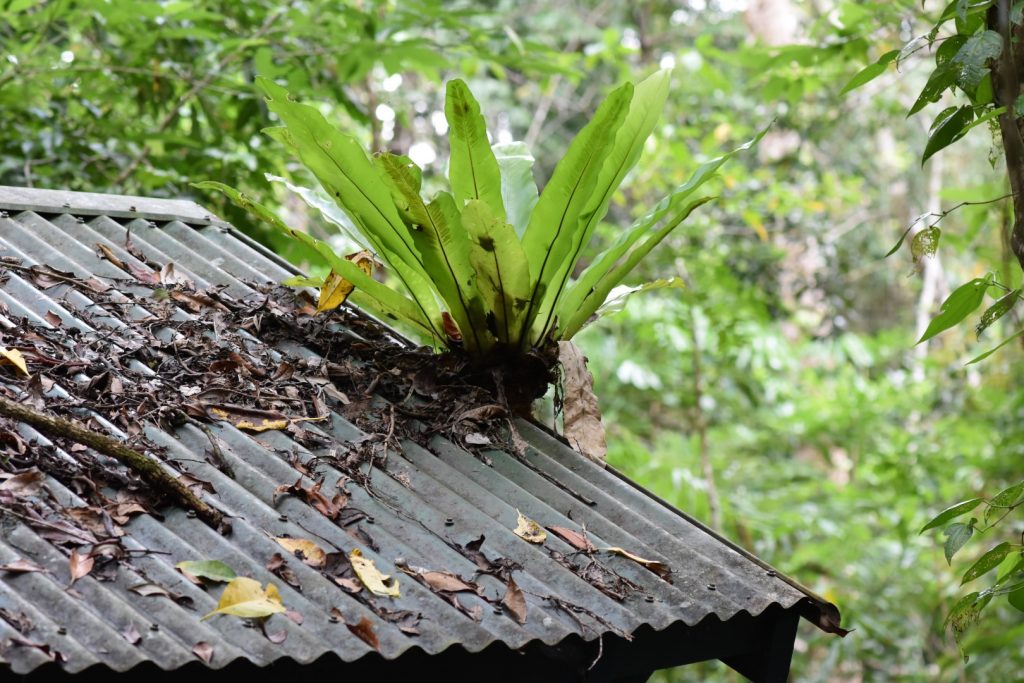
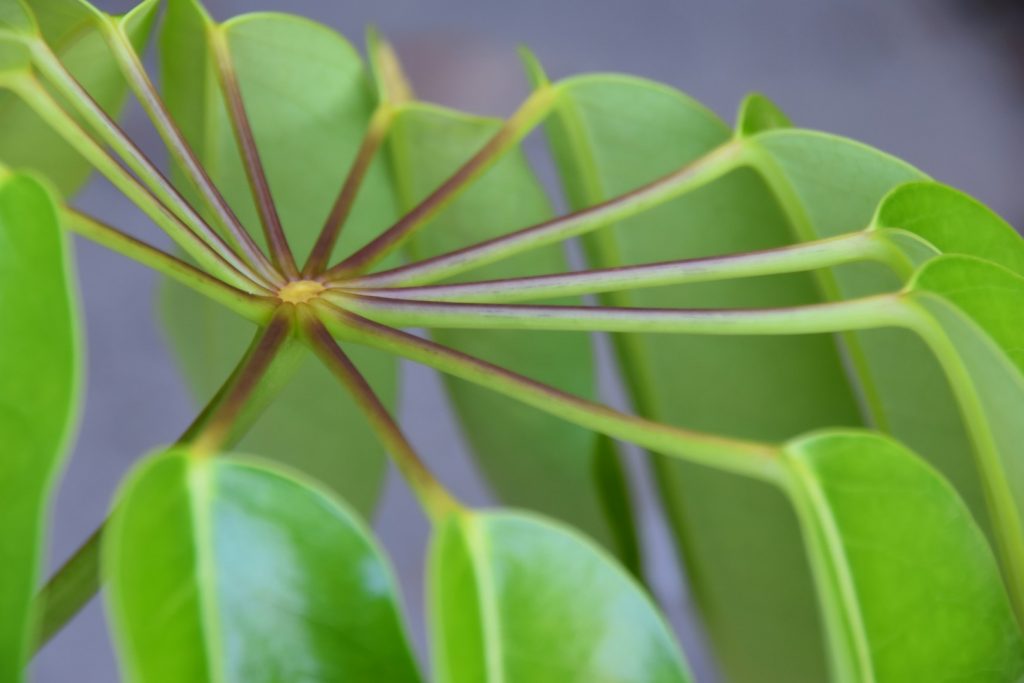

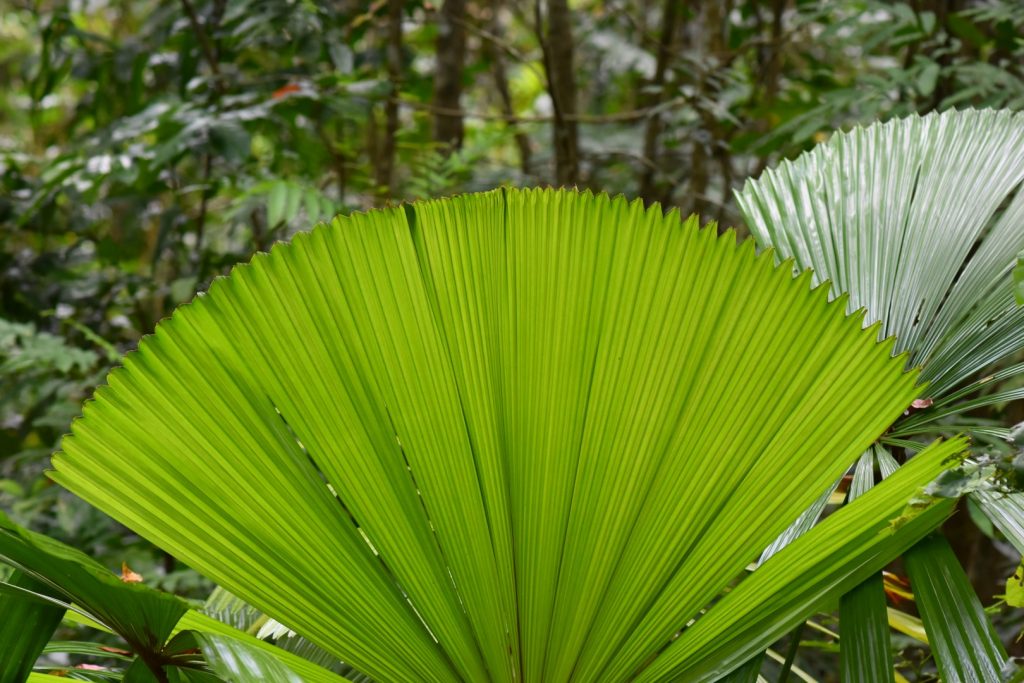
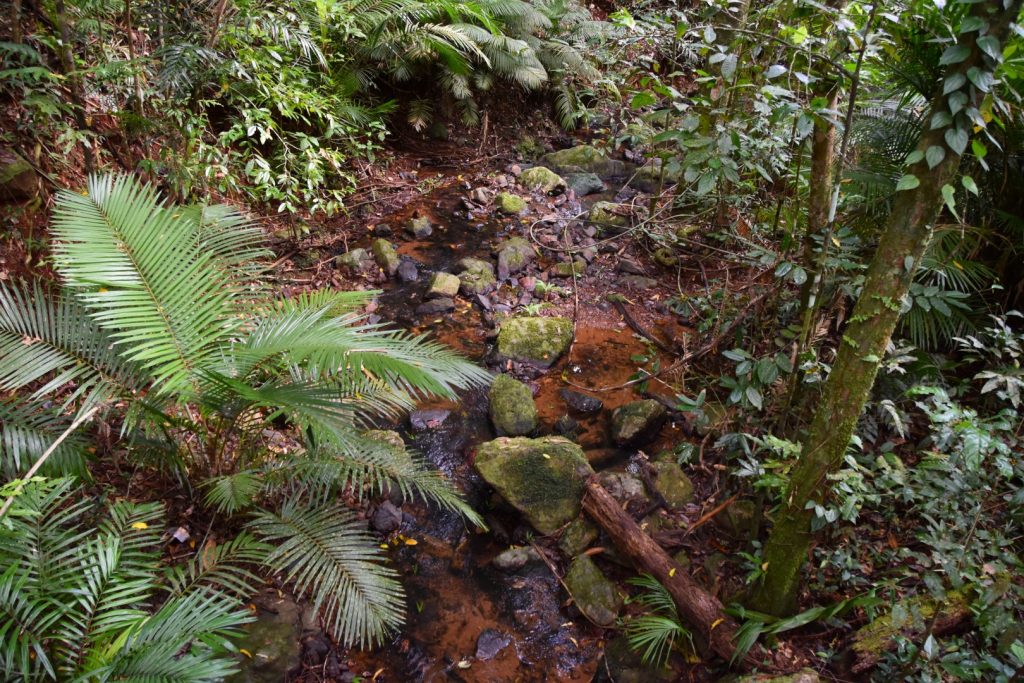
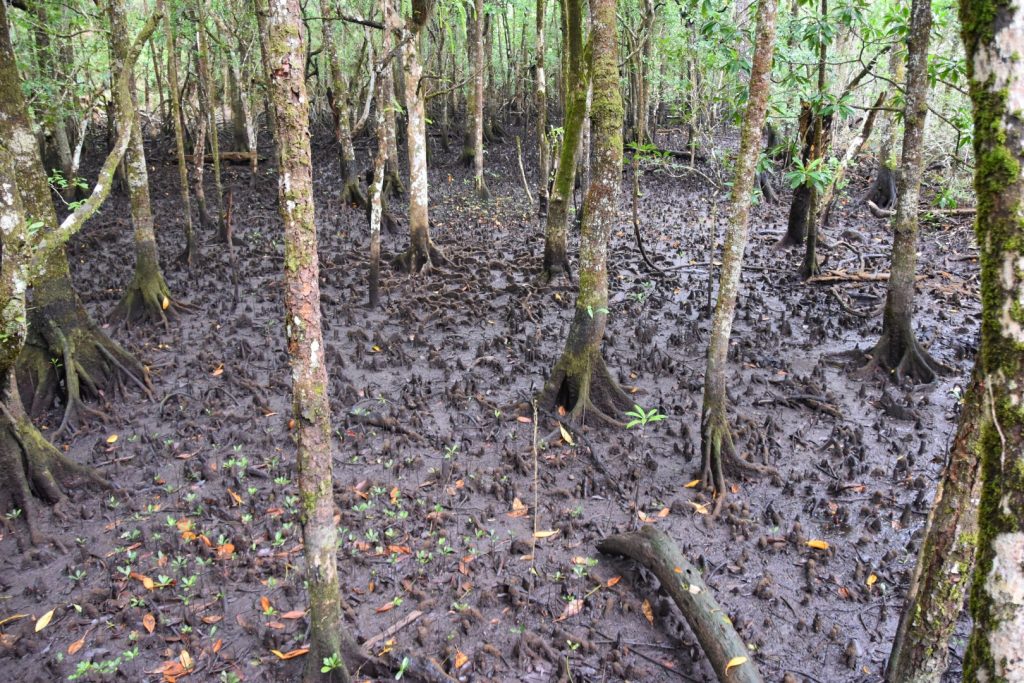

No Comments